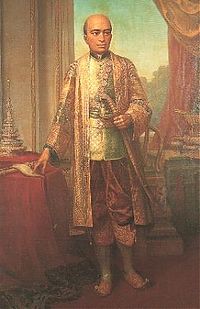 |
| For as many eggs that are in this, you could probably call this a protein bar. |
 |
| This was pretty easy to make and tastes like it was much more difficult. |
 |
| Maybe one day, I'll head out to the international market and look for kangkong and try this again. |
 |
| Overall, I liked this meal. It wasn't the consensus, but their votes don't count. LOL. |
Up next: Togo


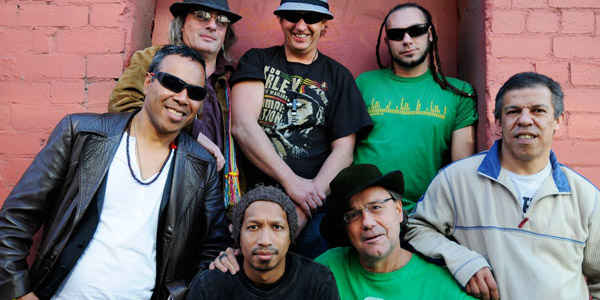
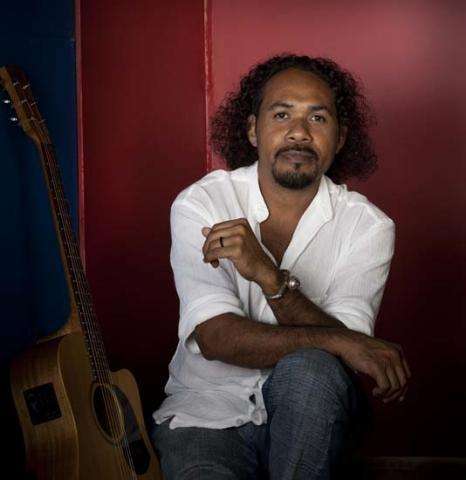

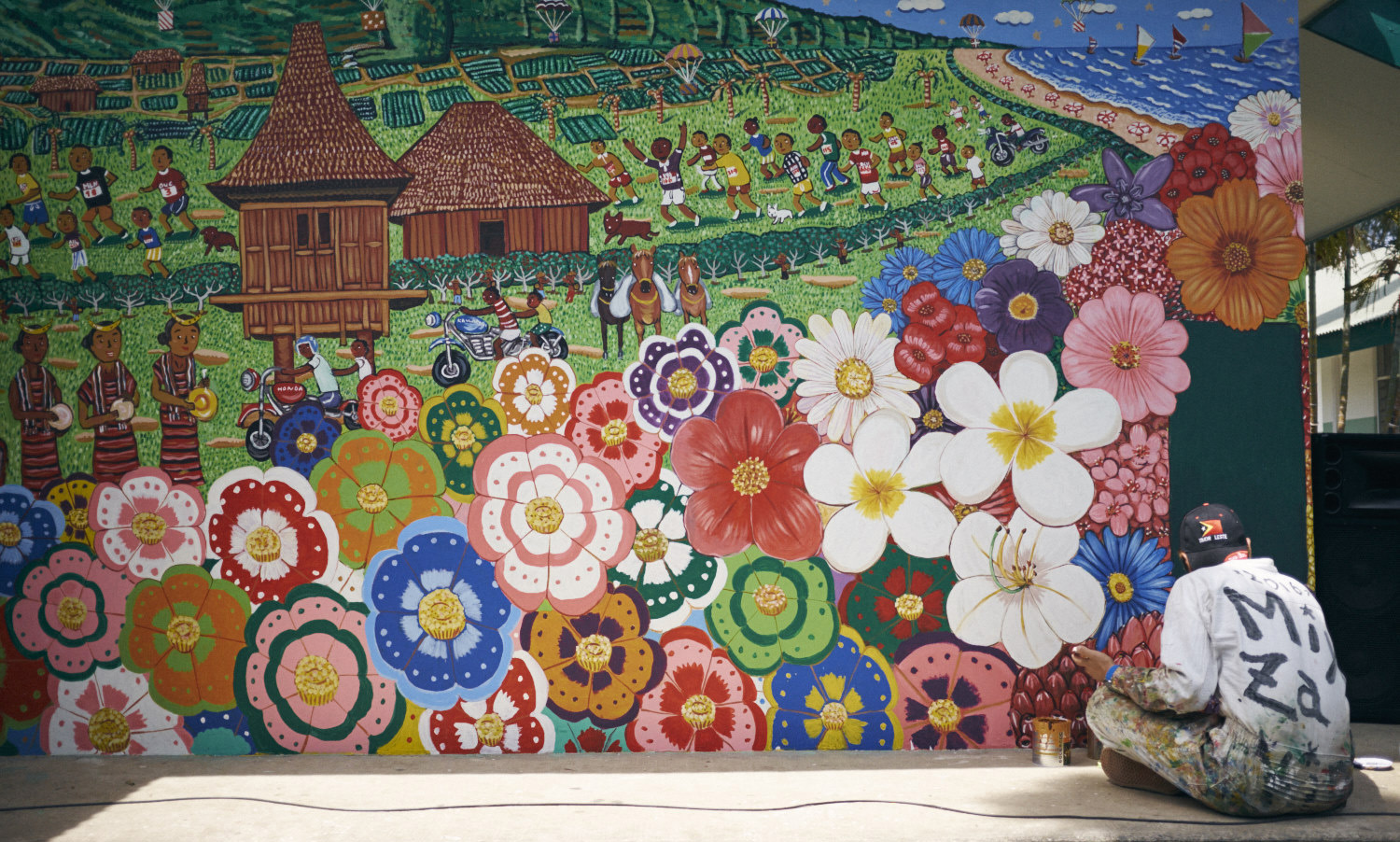

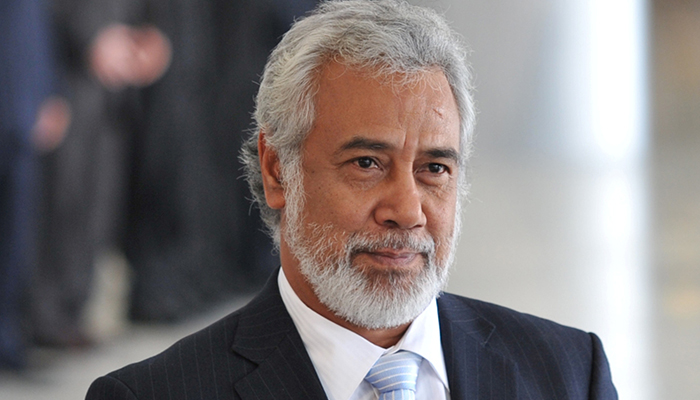


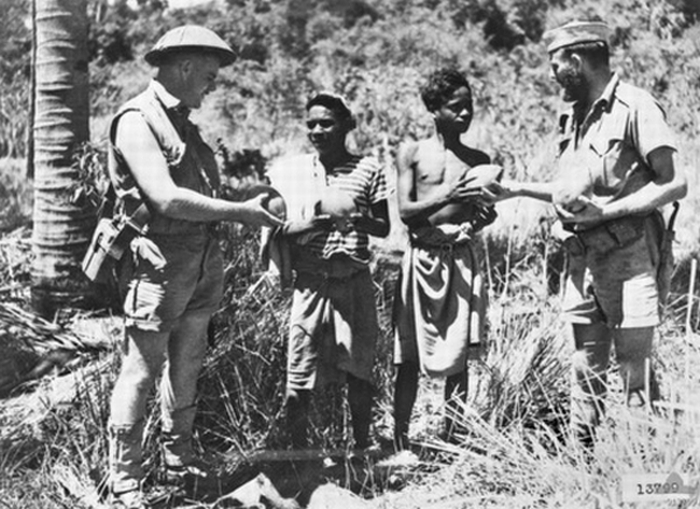


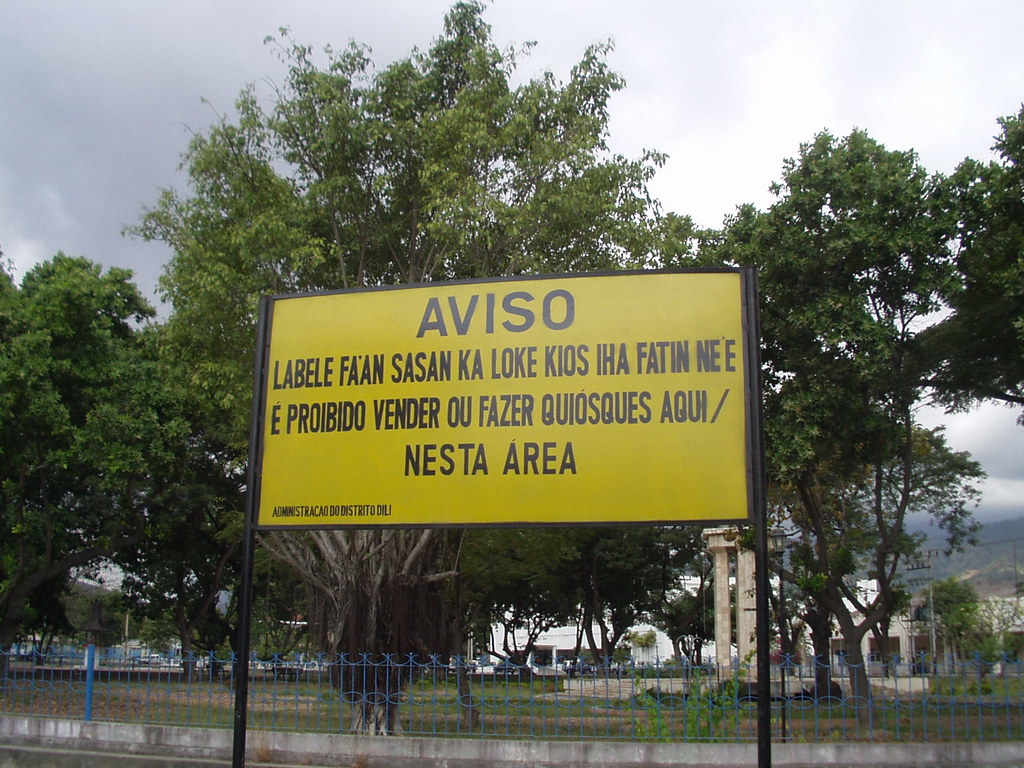



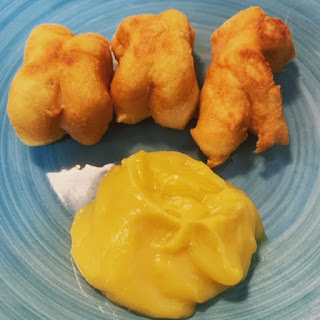








:format(jpeg):mode_rgb():quality(90)/discogs-images/A-3683287-1502798583-4414.jpeg.jpg)







